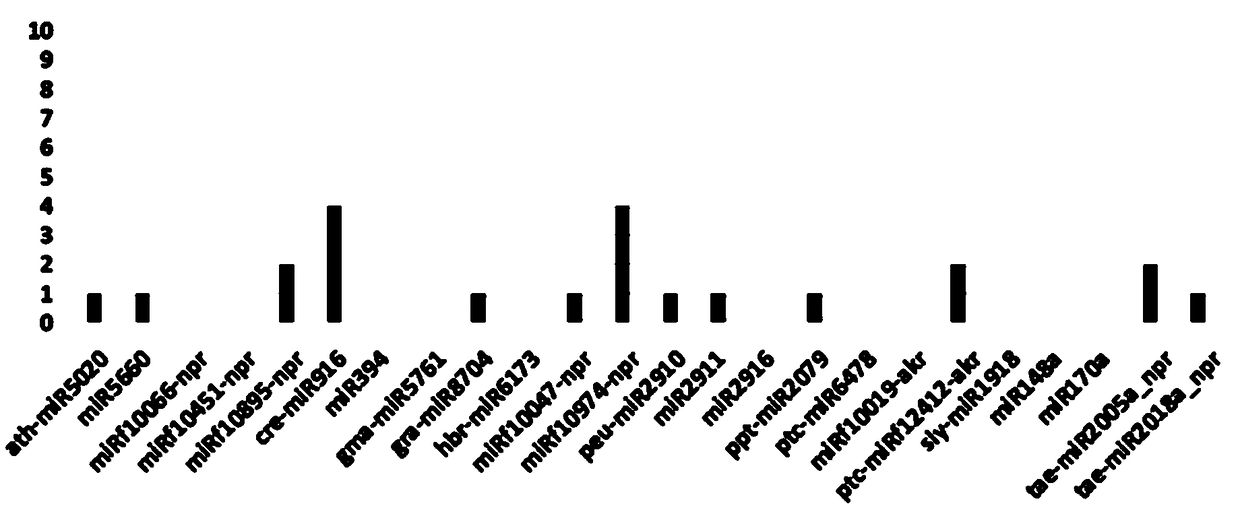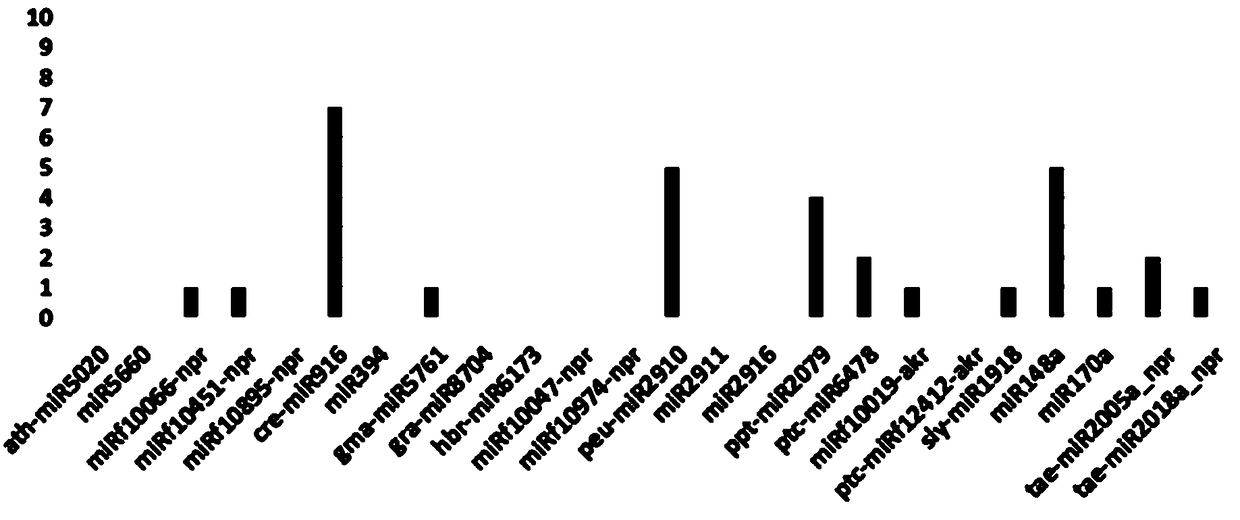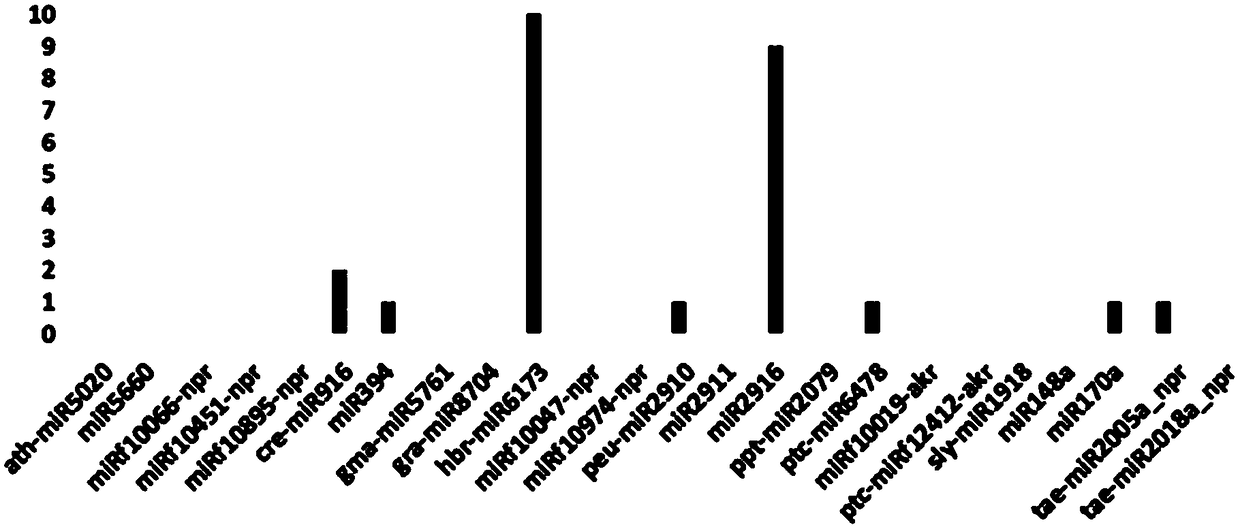Method for determining plant origin small RNA in human body by detecting faeces
A plant-derived, plant-based technology, applied in the field of determining plant-derived small RNAs, can solve problems such as unreported plant miRNA detection technology
- Summary
- Abstract
- Description
- Claims
- Application Information
AI Technical Summary
Problems solved by technology
Method used
Image
Examples
Embodiment Construction
[0026] In order to make the purpose, technical solution and advantages of the present invention clearer, the present invention will be further described in detail below with reference to the drawings and embodiments. It should be declared that the specific examples described here are only used to explain the present invention, and are not intended to limit the scope of the present invention. In addition, in the following description, some descriptions of known technologies are omitted to avoid unnecessarily confusing the concept of the present invention.
[0027] The specific implementation examples are as follows:
[0028] Step 1. Sample collection:
[0029] Three parts of feces samples used in experiments in the present invention were donated by three individuals from volunteers, and the extraction steps were as follows:
[0030] Take samples from the collection box (bottle) or give the test card and sampling stick to the volunteers to take samples by themselves. When samp...
PUM
 Login to View More
Login to View More Abstract
Description
Claims
Application Information
 Login to View More
Login to View More - R&D Engineer
- R&D Manager
- IP Professional
- Industry Leading Data Capabilities
- Powerful AI technology
- Patent DNA Extraction
Browse by: Latest US Patents, China's latest patents, Technical Efficacy Thesaurus, Application Domain, Technology Topic, Popular Technical Reports.
© 2024 PatSnap. All rights reserved.Legal|Privacy policy|Modern Slavery Act Transparency Statement|Sitemap|About US| Contact US: help@patsnap.com










